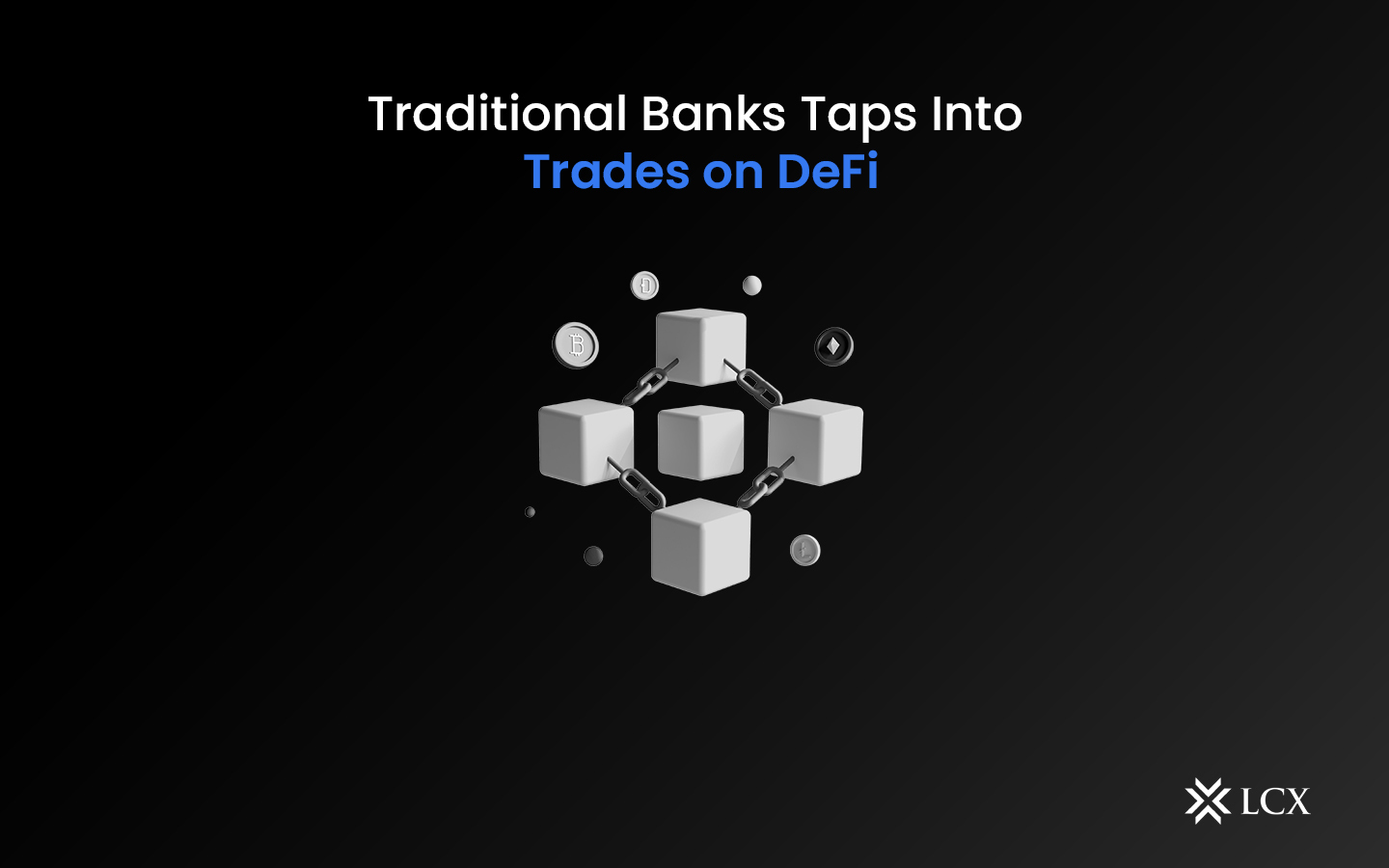Decentralized Finance, or DeFi, has become a game changer in the blockchain space. DeFi as a niche within the crypto space is an alternative to traditional finance.
What is DeFi?
Decentralized Finance, or DeFi, deploys emerging technologies to remove third parties and centralized institutions like banks from financial transactions. The majority of DeFi apps and services are based on public blockchains. They enhance existing offerings based on traditional models by providing innovative replacements for existing financial services. The infrastructure for DeFi and its regulations are constantly evolving.
If you wish to know how crypto is different from traditional finance read more about it here.
From Traditional Finance to Decentralized Finance
In a finance redefined moment, now even traditional multinational banks are experimenting with DeFi technology to enable the first step towards a more efficient and integrated global financial network. This revolutionary step would help well-established banking and financial institutions explore potential decentralized finance (DeFi) applications and the feasibility of asset tokenization while managing risks to financial stability and integrity.
We are just at the beginning of a new era in DeFi, with experiments being conducted on the Ethereum layer-2 network Polygon to enable trading on DeFi by established centralized financial institutions. Both centralized and decentralized financial industries can benefit from these trades, as they represent a significant step toward bridging traditional financial assets with DeFis.
An era of tokenized deposits by banks on a public blockchain has been ushered in. This demonstrates that with the appropriate quadrails in place, digital assets and decentralized finance have the potential to transform capital markets.
Following the successful pilot trade transaction on the DeFi public blockchain, large centralized financial players will have high expectations for blockchain-based asset tokenization. A report from BCG and digital exchange for private markets, ADDX states that the total size of tokenized illiquid assets will reach USD 16.1 trillion by 2030.
What’s in the store next?
The crypto universe is in constant evolution with new opportunities knocking on investors’ doors often. But here the merger of centralized and decentralized institutions can serve both industries well.
To further explore the future possibilities of banking institutions within the DeFi space would require establishing industry pilots with traditional financial institutions and fintechs in order to understand opportunities and risk areas, as well as examining the longer-term transformational impact while aiming for safe development of the ecosystem using industry experiments and research as a reference.
There needs to be a well-defined acceptable governance model or system of accountability to establish transparency and security within the system. To further cement the foundation of transparency and security, focus areas can include establishing a trusted environment for the execution of DeFi protocols through common independent trust anchors.
Conclusion
With traditional multinational banks expanding their horizons with DeFi trade and tokenized assets, it certainly proves that in the near future the blockchain ecosystem and decentralized finance are going to give traditional financial institutions a run for their money. We all have just barely scratched the surface when it comes to how DeFi can change the financial market of the world. There is certainly more to witness in the future.










